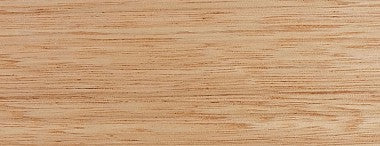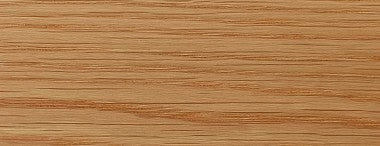When it comes to choosing the perfect timber for your furniture or construction projects, the options can seem endless. Among the various hardwood choices, Tasmanian Oak and American Oak stand out as two popular options with their distinct qualities and aesthetic appeal.
In this article, we delve into the unique attributes of Tasmanian Oak and American Oak timber, enabling you to make an informed decision based on your specific requirements. Solid display shelving.
Origin and Availability of both Tassi & American Timber:
Tasmanian Oak: Tasmanian Oak, scientifically known as Eucalyptus regnans, is native to the island state of Tasmania, Australia. It is sourced from three species of eucalyptus trees: Eucalyptus delegatensis, Eucalyptus obliqua, and Eucalyptus regnans. Tasmanian Oak is widely available within Australia and exported to international markets.
American Oak: American Oak, scientifically known as Quercus alba, is native to North America and found predominantly in the eastern parts of the United States. It is highly valued for its timber and grows in abundance in regions such as the Appalachian Mountains. American Oak is readily available in the United States and is exported worldwide.
Appearance and Grain Patterns:
Tasmanian Oak: Tasmanian Oak possesses a warm, pale color palette, ranging from light straw to reddish-brown tones. It is characterized by a relatively straight grain, often displaying subtle wavy patterns. The timber showcases natural gum veins, which add unique charm and character to its overall appearance.
American Oak: American Oak features a light to medium brown hue, with occasional pinkish undertones. Its grain patterns are often more prominent and varied compared to Tasmanian Oak, exhibiting a beautiful blend of straight lines and cathedral patterns. American Oak may also showcase natural imperfections, such as mineral streaks and small knots, further enhancing its visual appeal.
Tassi or Tasmanian Oak sample:

American Oak Timber:

Density and Durability:
Tasmanian Oak: Tasmanian Oak possesses a moderate density, offering a balance between strength and workability. It is relatively durable, displaying resistance to decay and termite attacks. While it can withstand everyday wear and tear, it may be more prone to surface scratches and dents compared to denser hardwoods.
American Oak: American Oak is known for its excellent strength and durability. It has a higher density compared to Tasmanian Oak, making it more resistant to wear, scratches, and impact. The timber's robust nature makes it suitable for heavy-use furniture, flooring, and structural applications.
Workability and Applications:
Tasmanian Oak: Tasmanian Oak is a versatile timber with excellent workability. It is relatively easy to cut, shape, and sand, making it suitable for both hand and machine tools. Its stable nature lends itself well to various applications, including furniture, cabinetry, flooring, and interior joinery.
American Oak: American Oak is highly regarded for its workability and is widely used by craftsmen and woodworkers. It responds well to hand and machine tools, allowing for intricate detailing and precision work. American Oak finds extensive application in furniture making, flooring, interior paneling, veneers, and architectural millwork.
Finally Which timber is better?
Choosing between Tasmanian Oak and American Oak timber ultimately depends on your specific project requirements, aesthetic preferences, and regional availability. Tasmanian Oak exhibits warm tones, a straight grain, and excellent workability, while American Oak showcases varied grain patterns, exceptional durability, and strength.
Both timbers possess their unique charm, lending elegance and beauty to any construction or furniture piece. By considering the distinct characteristics of each timber, you can make an informed decision and create remarkable, timeless creations.






